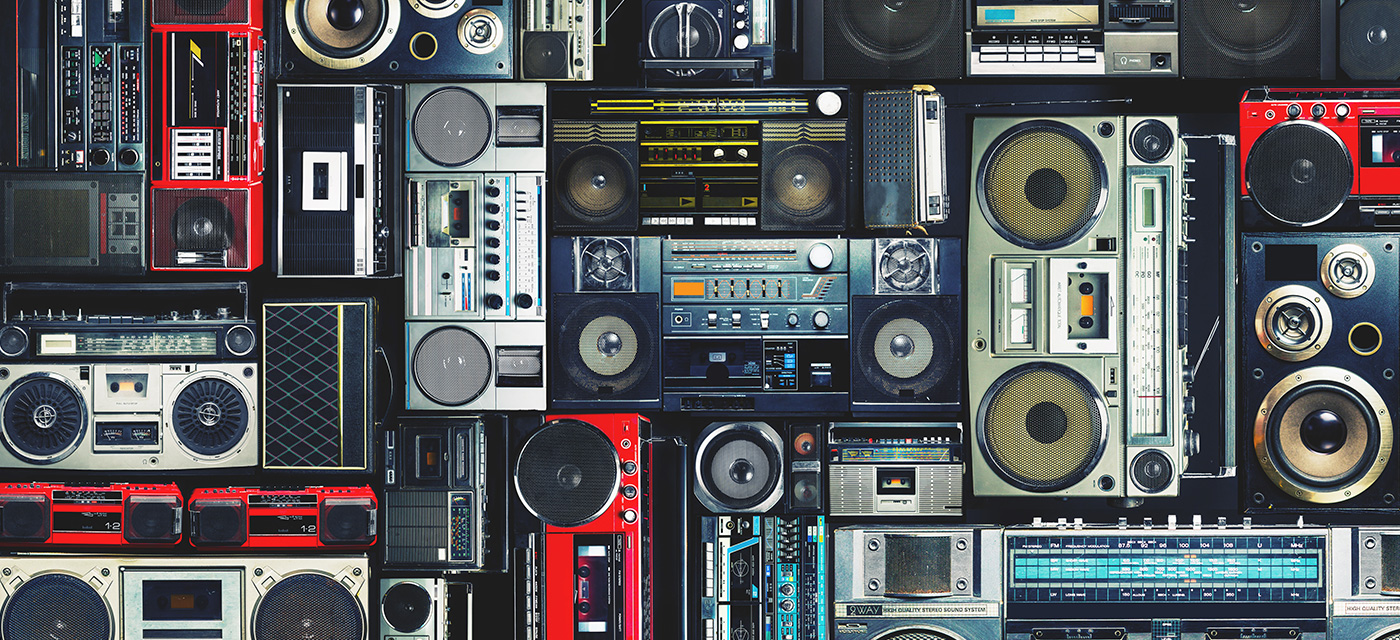Music Curation: Why Algorithms Aren’t Enough
These days we’re bombarded with articles about new technology that will supposedly change our lives: self-driving cars, wearable tech, and even hover boards. However, the reality is that it’s been over 25 years since the release of Back to the Future Part II, and all we have to show for it are “hover boards” that don’t hover but do catch fire.
In the music industry it’s not much different. Just as with the promise of hover boards, we’ve been promised for years that technology—specifically algorithms—would free us from the need for human curation. If you’re just looking for decent music to clean the kitchen to, you may find the new technology works well enough. But if you’re hoping to use strictly algorithmic data to build, maintain, and constantly evolve the complex musical expression of your brand’s identity over many years, you’re going to get burned.
"It takes an expert who’s in continual lock-step with the brand, the music industry, new bands and old bands, past trends and new, to know the exact types of songs, artists, and genres (and the amount of each) to bring a brand’s complex identity to life.”
Brand Complexity: Too Hot for Algorithms to Handle
So why isn’t an algorithmic playlist the best choice for a brand? Brands, by nature, are far more complex than a single person and constantly evolve. Their existing and potential customers are made up of millions of unique individuals, with a wide variety of styles, tastes, and musical preferences. It takes an expert who’s in continual lock-step with the brand, the music industry, new bands and old bands, past trends and new, to know the exact types of songs, artists, and genres (and the amount of each) to bring a brand’s complex identity to life.
When consumers interact with a brand, they have expectations of what they would hear—whether they are in-store, online, or viewing a commercial. And in most cases, the music they expect to hear in a commercial environment is different than what they would listen to in their personal time.
Algorithms, however, are monitoring listening patterns and trends when people are listening to music for personal use. Current streaming data and algorithms can identify the artists and songs people are listening to, but not which artists or songs related to their personal favorites match up with the identity of a brand. So, they will only get you so far toward a brand sound. Take the band Death Cab for Cutie, whose most popular song on Spotify, by almost 40 million streams, “I Will Follow You Into the Dark,” is a beautiful, yet tragic and rather depressing song revolving around death.
Needless to say, it’s not ideal for most brands or brand campaigns. If you truly want to impress a Death Cab fan visiting your business, you’d need to know that all die-hard Death Cab fans love the early, but much less known albums, We Have the Facts, Photo Album, and Something About Airplanes. None of which have a single song appearing in the “Most Played” list on Spotify, or any other platform for that matter.
About PlayNetwork
PlayNetwork is the leading global provider of music and entertainment media experiences for brands worldwide. We partner with over 450 brands spanning 125,000 customer locations in more than 135 countries, our work reaching 100 million people every day. This post is a part of our series: Crafting a Branded Sound: How Music is Chosen for the World’s Favorite Brands. To learn more about PlayNetwork, visit www.PlayNetwork.com.
CONTACT US
* All fields below are required
Thank you for contacting PlayNetwork
A member of our team will be in touch soon.



